 Your new post is loading...
 Your new post is loading...

|
Scooped by
David Connolly
February 14, 2014 3:51 AM
|
Small finds archaeology photography scale Printed on matte white, yellow, black or grey on non-reflective rigid plastic. This handy 15 cm scale is a must for small finds photography and site work.

|
Scooped by
David Connolly
February 1, 2014 1:29 PM
|
German scientists have announced after almost 26 years of research that the bones interred for centuries at Aachen Cathedral are likely to be those of Charlemag

|
Scooped by
David Connolly
January 29, 2014 10:29 AM
|
During the Early Holocene in southern Scandinavia sea levels were rising and large areas of the North Sea and the Baltic which had once been dry land were inundated and now lie beneath metres of cold waters. Partly because of the growing exploitation of the continental shelves for resources including wind-farms, oil drilling and mining industries, this unique landscape is coming to light with the use of new technologies such as high resolution photogrammetric 3D-modelling and hydro acoustic mapping. This is allowing for remarkable visualisations of the submerged landscapes complete with sunken forests.

|
Scooped by
David Connolly
January 27, 2014 5:25 PM
|
Discovery of 3,600-year-old body of King Senebkay confirms existence of forgotten dynasty

|
Scooped by
David Connolly
January 25, 2014 5:30 AM
|
UK Archaeology Site with latest jobs, news and resources, forum and library, hosted by the British Archaeological Jobs Resource BAJR

|
Scooped by
David Connolly
December 9, 2013 7:34 AM
|
Over the past half decade, Mediterranean and Old World archaeology has entered a bold new world of inexpensive three-dimensional documentation. Using photogrammetry software like Agisoft Photoscan,...

|
Scooped by
David Connolly
December 8, 2013 1:17 PM
|

|
Scooped by
David Connolly
November 10, 2013 1:29 PM
|
The famous first line of English language’s oldest epic poem has been misinterpreted, ever since it was popularised almost 200 years ago

|
Scooped by
David Connolly
October 5, 2013 5:59 PM
|
ust got word that my annotated bibliography on bioarchaeology is now up at Oxford Bibliographies Online. It's taken a good long time to come out, but I think it's pretty useful, particularly for undergrad and grad students interested in the field. The OBO articles are nice because they're thorough and peer-reviewed, but they're currently a bit difficult to access.
If you, like me, don't have access to Oxford Bibliographies Online through your university or other favorite library, just drop me an email (poweredbyosteons @ gmail . com works fine) and I'll be happy to send along a PDF. Some of the fun features are lost in the conversion to PDF (e.g., ability to click on links in the biblio or add citations to a reference manager), but that's the best I can do.

|
Scooped by
David Connolly
October 1, 2013 5:44 AM
|

|
Scooped by
David Connolly
September 28, 2013 4:35 PM
|
These are some of the shots I did for an upcoming documentary about Stonehenge. The shots started as a series of still photos. These were used to generate 3D models…

|
Scooped by
David Connolly
September 17, 2013 3:48 AM
|
The Guardian (blog)
Lest we forget: making history lessons memorable for students
The Guardian (blog)
When I think about what makes a truly excellent history lesson, it often has nothing to do with what Ofsted criteria the lesson hits.

|
Scooped by
David Connolly
August 25, 2013 2:05 PM
|
Professional Archaeology Photo Board Set with groove slide letters and numbers for archaeological sites and projects
If you want to take the most professional archaeology photographs possible, you will require the Professional Archaeology Grooved Photo Board.
This robust set comes with everything you need - characters and numbers that easily slide onto the black rubberised black panel. Included are two crystal storage boxes for your characters/numbers and a double sided north arrow.
The panel measures 350mm x 200mm and is made of washable rubberised grooveboard with a plastic waterproof backing and anodised aluminium frame.
This must be the ultimate photoboard.
At last... a photo board - for the most professional record of your site
the letters slip easily into place to allow super quick number and character changes. ( see the video )
WHITE characters (234) and numerals/symbols (264) (19mm) that is a lot of numbers!
|

|
Scooped by
David Connolly
February 2, 2014 2:17 AM
|
A 17th century Danish noblewoman had been buried with her head resting on a pillow sewn with gold threads and her maiden crown

|
Scooped by
David Connolly
January 30, 2014 2:31 PM
|

|
Scooped by
David Connolly
January 28, 2014 5:48 PM
|
You've undoubtedly heard about the Bubonic plague, but the chances of you knowing next to anything about the Justinian plague are significantly slimmer. That's because no one really knew anything about the Justinian plague—until recently, that is.

|
Scooped by
David Connolly
January 27, 2014 5:20 PM
|
Findings from Qesem Cave hint that its prehistoric inhabitants already had a highly advanced social structure and intellectual capacity

|
Scooped by
David Connolly
December 9, 2013 7:09 AM
|
This is the 4th blog post in this Quick Tips series on chronologically dating human skeletal remains, if you haven’t read the first post click here to start at the beginning. In my previous blog po...

|
Scooped by
David Connolly
November 12, 2013 5:37 PM
|
The year was 241BC and on the 10th of March a massive naval battle took place off the coast of Sicily between the Romans and Carthaginians. The defeat of the Carthaginians brought about an end to the First Punic War and set the Roman Republic on its militaristic path to establishing an Empire.

|
Scooped by
David Connolly
November 8, 2013 2:45 AM
|
A4 Drawing Board for archaeological drawing and recording

|
Scooped by
David Connolly
October 1, 2013 4:37 PM
|
The introduction of agriculture into Europe was followed by regional population crashes despite trends of demographical growth, reports research published in Nature Communications. The work suggests that these sharp population decreases weren’t due to changing climatic conditions and therefore the authors propose internal causes. Stephen Shennan, professor of theoretical archaeology at the Institute of Archaeology, University College London, received grant funding from the European Research Council to study early agriculture and its impact on populations across Europe. The research represents a major revision to our understanding of how the introduction of agricultural technology impacted humans.

|
Scooped by
David Connolly
September 30, 2013 1:54 AM
|
These brief instructions for Inkscape (www.inkscape.org) apply to maps first created in qGIS. Below you will find a quick guide to exporting and creating PDFs and SVGs (Scalable Vector Graphics) from qGIS, and Inkscape will be used simply to 'frame' it. Whereas most of the map is built in GIS, Inkscape is needed for formatting, editing, adding the north arrow, text and perhaps a legend. The PDF option is used for simple figures with not to many elements involved, the SVG option is for the use of more complex figures. Also use an SVG if your image is not going to be a full page. Procedures are explained in detail with screenshots and photographs where appropriate and guides to troubleshooting and examples for data maintenance are provided. The manual is written in such manner that it can easily be adjusted for individual sites' survey requirements. Chapters can be extracted easily and supplied individually. The methods described are also applicable to a range of archaeological illustrations. The author of these manuals would be grateful for further feedback on its usability, contents and layout.

|
Scooped by
David Connolly
September 26, 2013 1:54 PM
|
Disclaimer: This website is still being actively developed and will likely change in the near future. If you want to contribute please contact us via email: contact at openarchaeology dot net Open Archaeology - a philosophy, some software, a commitment to adopting and developing standards, making archaeological knowledge free to access, a passion. Open Archaeology is all of these.

|
Rescooped by
David Connolly
from Ancient History- New Horizons
September 12, 2013 4:12 AM
|
I designed this lesson to introduce students to the study of history using Ötzi the Iceman. Students will examine the evidence presented and use it to construct a story about the Iceman’s death.
Via Jack Wilson, Rebeca BM
|






 Your new post is loading...
Your new post is loading...




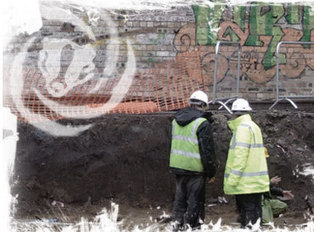


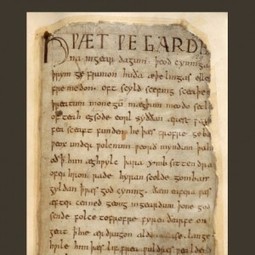


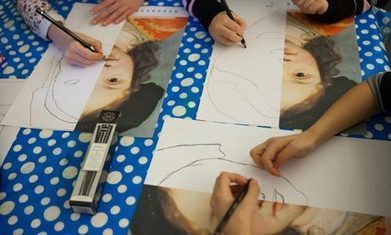

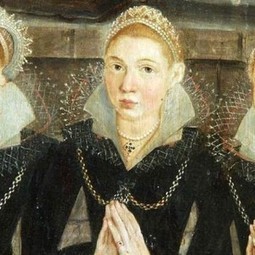
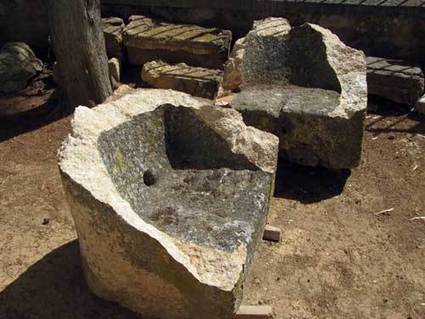





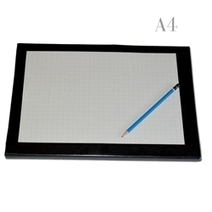









PlosOne article on 6th C CE
Plague